2024-T351 Aluminum Plate for Aircraft Structural Components
2024 aluminum alloy belongs to the aluminum-copper-magnesium series of high-strength alloys. Its chemical composition includes 3.8–4.9% copper and 1.2–1.8% magnesium. This alloy offers high strength and excellent machinability, though it has relatively poor corrosion resistance.
The T351 temper means the material has undergone solution heat treatment, then been stress-relieved by stretching (1%–3% plastic deformation), followed by natural aging. This process significantly reduces the risk of deformation during machining and improves dimensional stability.
One of the standout features of 2024 aircraft aluminum plate is its performance at elevated temperatures. Above 125°C, 2024 alloy maintains higher strength than 7075 aluminum alloy, making it suitable for applications operating below 150°C. This is critical in aerospace, where structural components experience aerodynamic heating during flight.
2024-T351 aluminum plates are widely used in aircraft skins, frames, ribs, bulkheads and other structural parts, as well as rivets, missile components, propeller components, etc.
Product Information
| Alloy | 2024 |
| Temper | T351, etc. |
| Thickness | 0.3-600mm |
| Width | 100-2600mm |
| Length | 1000-16000mm |
| Processing Services | CNC cutting, waterjet, milling, drilling, anodizing, electrophoretic coating |
| Applications | Front/rear wing spars, floor beams, fuselage pillars |
| MOQ | 3 tons |
Mechanical Properties
| Property | Typical Value |
| Tensile Strength (σb) | 440-470 MPa |
| Yield Strength (σ0.2) | 290-325 MPa |
| Elongation (δ5) | 12%-14% |
| Brinell Hardness (HB) | 120-145 |
| Fatigue Strength | 105 MPa |
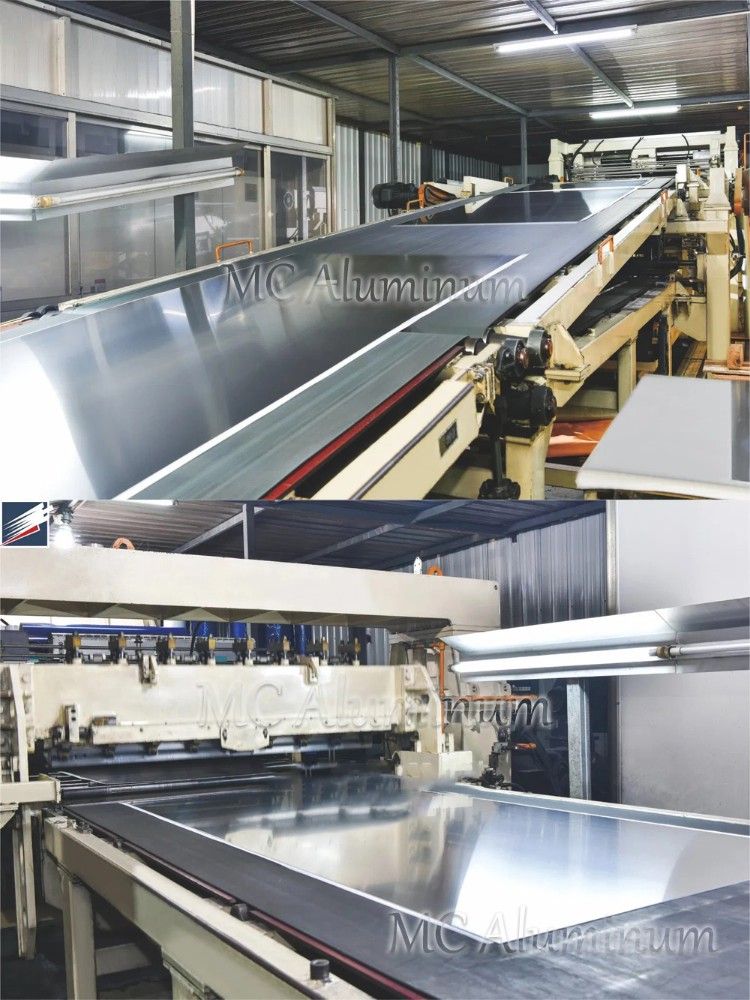
Why is 2024-T351 the First Choice for Aircraft Structures?
1. High Strength-to-Weight Ratio
2024-T351 offers tensile strengths exceeding 470 MPa and yield strengths around 325 MPa, while having a density of just 2.78 g/cm³—over 60% lighter than steel. This enables aircraft to achieve weight reduction without compromising structural integrity, improving fuel efficiency and range.
2. Outstanding Fatigue Resistance
Aircraft undergo frequent cycles of ascent, descent, and airflow shock. The alloy’s superior fatigue resistance—thanks to its fine metallurgical structure—helps delay crack propagation, extending service life.
3. Excellent Machinability and Formability
The T351 condition provides an optimal balance of strength and ductility, making it suitable for machining, cutting, milling, riveting, and precision forming. It's ideal for large, integral aerospace parts.
4. Reliable Service Stability
Though less corrosion-resistant than 5xxx series alloys, 2024-T351 can be enhanced through anodizing, cladding, and electrophoretic coating to meet the requirements of harsh operational environments.
Typical Applications
Primary load-bearing structures: Frames, wing spars, and bulkheads operating below 150°C.
Surface panels: Clad sheets for corrosion protection, with thickness tolerances of ±0.05mm to maintain aerodynamic precision.
Connectors and fasteners: Rivets and fittings benefit from shear strengths exceeding 275 MPa.
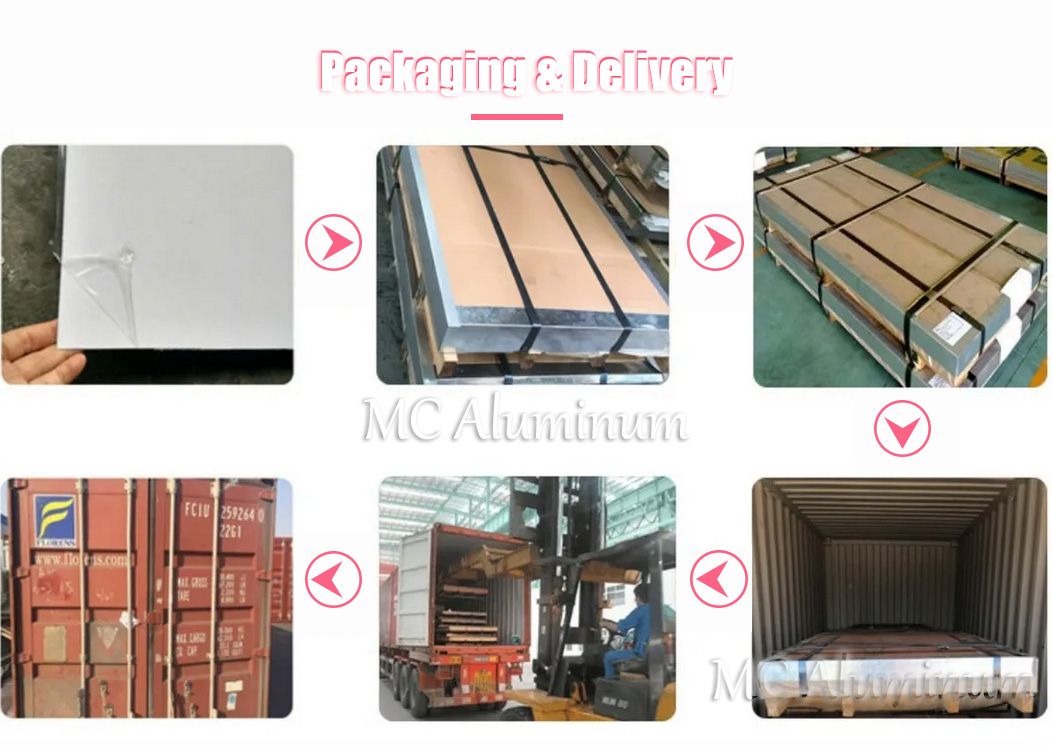
MC Aluminum’s 2024-T351 plate production involves strict control over casting, hot rolling, solution heat treatment, quenching, pre-stretching, and natural aging. Given their critical role in aerospace, each plate undergoes rigorous quality assurance, including ultrasonic testing and mechanical performance evaluations, to meet stringent aerospace standards such as ASTM B209 and AMS-QQ-A-250/4.

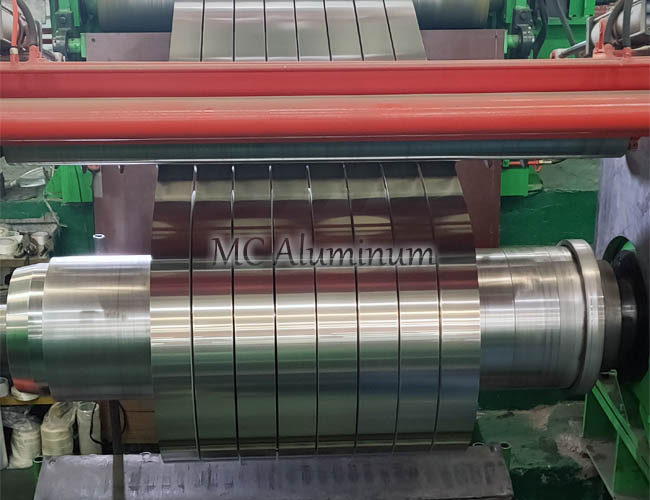



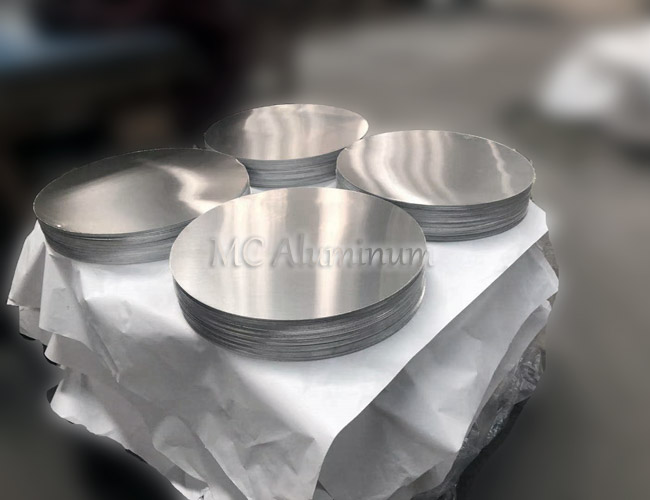
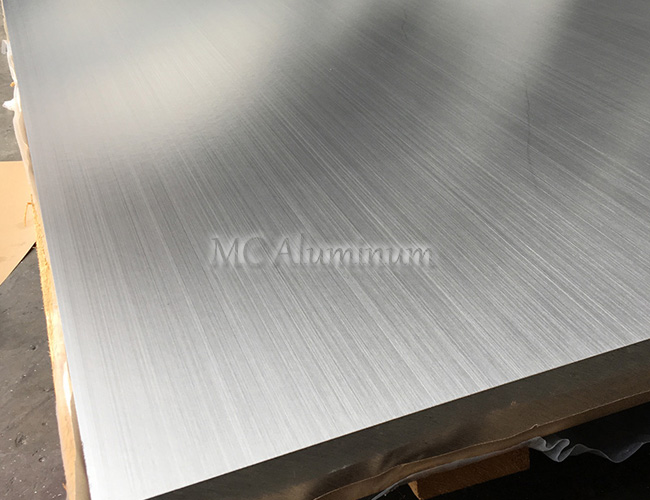
Contact Us